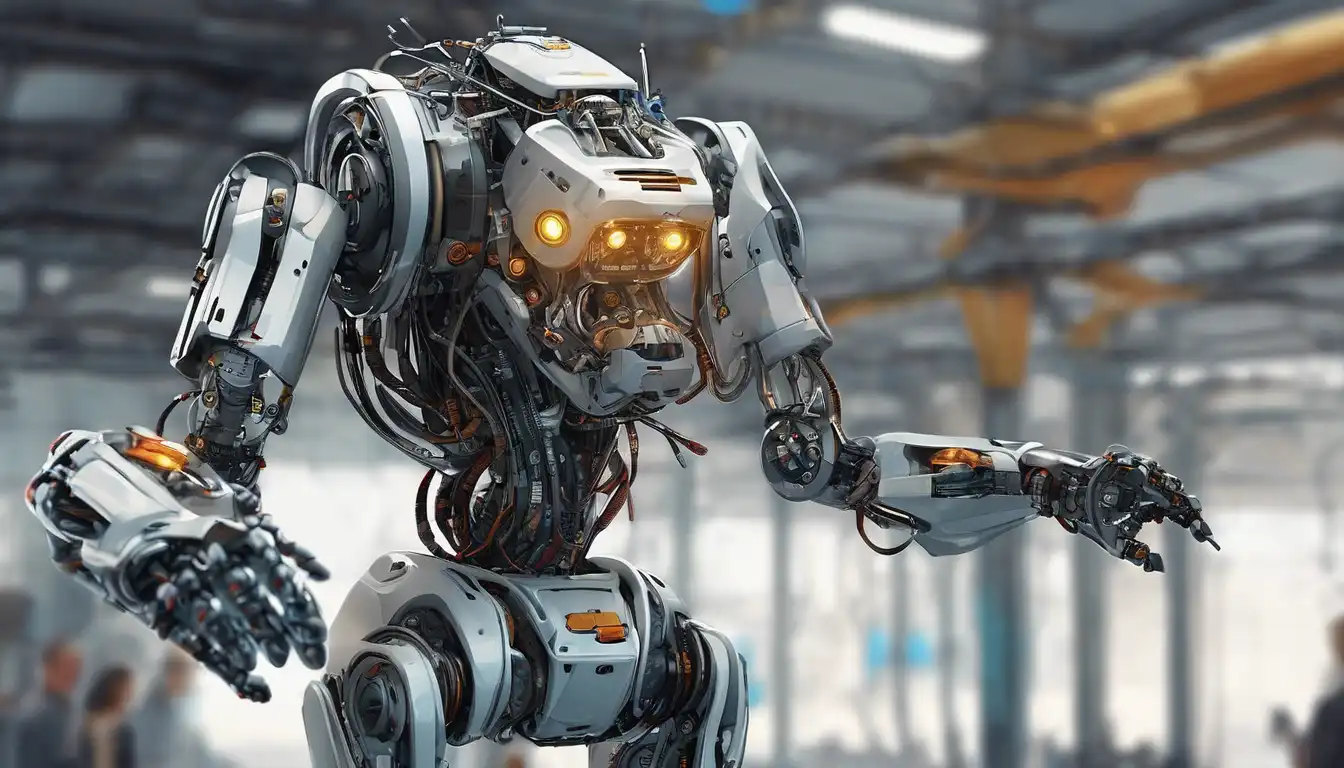Introduction to Robotics
Robotics represents a fascinating intersection where technology and innovation converge to create solutions that were once considered the realm of science fiction. From manufacturing floors to the depths of outer space, robots are transforming industries and redefining what's possible. This article delves into the evolution of robotics, its current applications, and the future it's shaping.
The Evolution of Robotics
The journey of robotics from simple automated machines to sophisticated AI-driven entities is a testament to human ingenuity. Early robots were designed for repetitive tasks in controlled environments. Today, they're capable of learning, adapting, and performing complex tasks in unpredictable settings. This evolution has been fueled by advancements in artificial intelligence, materials science, and computing power.
Current Applications of Robotics
Robotics technology has permeated various sectors, demonstrating its versatility and efficiency. Here are some key areas where robotics is making an impact:
- Healthcare: Surgical robots assist in performing precise operations, reducing recovery times and improving outcomes.
- Manufacturing: Industrial robots automate assembly lines, enhancing productivity and safety.
- Agriculture: Robots are used for planting, harvesting, and monitoring crop health, optimizing agricultural practices.
- Exploration: Robotic probes and rovers explore distant planets, gathering data that's beyond human reach.
The Future of Robotics
The future of robotics is brimming with possibilities. Innovations in machine learning and sensor technology are paving the way for robots that can interact more naturally with humans and their environment. Autonomous vehicles, personal assistant robots, and AI-driven service bots are just the beginning. As robotics continues to evolve, it will play a pivotal role in addressing global challenges, from climate change to healthcare accessibility.
Challenges and Ethical Considerations
Despite its potential, the advancement of robotics raises important questions. Issues such as job displacement, privacy concerns, and the ethical use of autonomous weapons must be addressed. Ensuring that robotics technology benefits humanity requires thoughtful regulation and inclusive dialogue among stakeholders.
Conclusion
Robotics stands at the forefront of technological innovation, offering tools to extend human capabilities and solve complex problems. As we navigate the challenges and opportunities it presents, the collaboration between technology and creativity will continue to unlock new horizons. The journey of robotics is far from over; it's just getting started.
